Print is dead, long live print. We’re either eulogizing the industry or trying to reboot it. Either way, many in the literary establishment still seem to be obsessed with pages, rustling softly between our fingers.
Say what you will about the twentieth century, but it produced a lot of elegant design and pithy interiors. Take a brain bath with these eye-catching covers from mostly long-forgotten magazines.
Conjurer’s Monthly
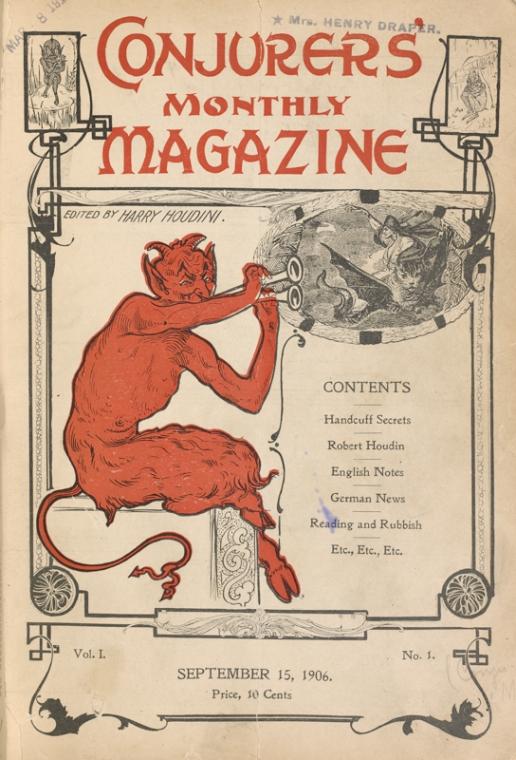
Did you know magicians could have magazines? And more importantly, the most famous illusionist to ever use it once edited a monthly called Conjurers? Though this cover suggests inside content that violates what I’ve always understood to be the magician’s code (“handcuff secrets”?!), I’m delighted to make this niche pub’s acquaintance.
This magic periodical ran for one year.
The Quill 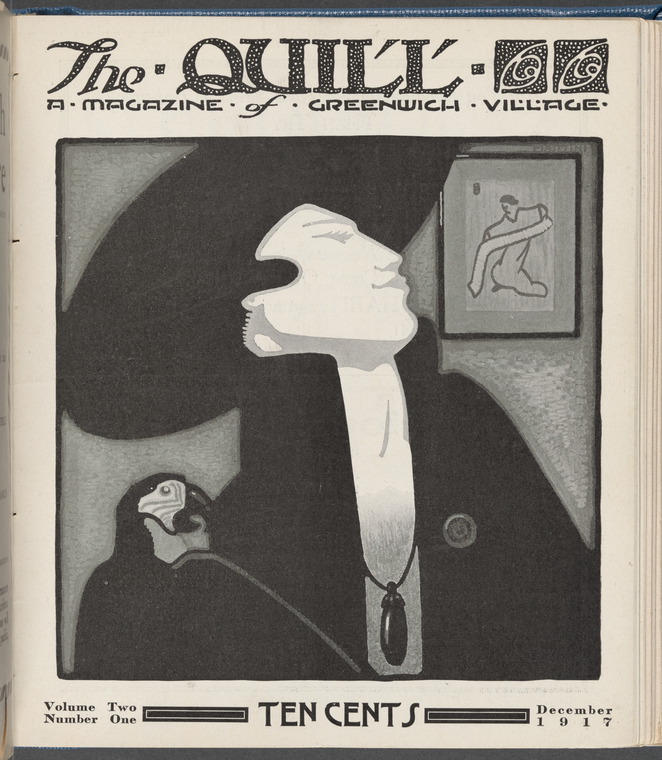
The Quill was edited by Bobby Edwards, a proto-hipster who was known to some as the “Bard of Bohemia” or the “Village Troubadour.” An early editor of the Harvard Lampoon, Edwards published criticism, witticism, paintings, cartoons and prose in his alt-New Yorker.
The Suffragist
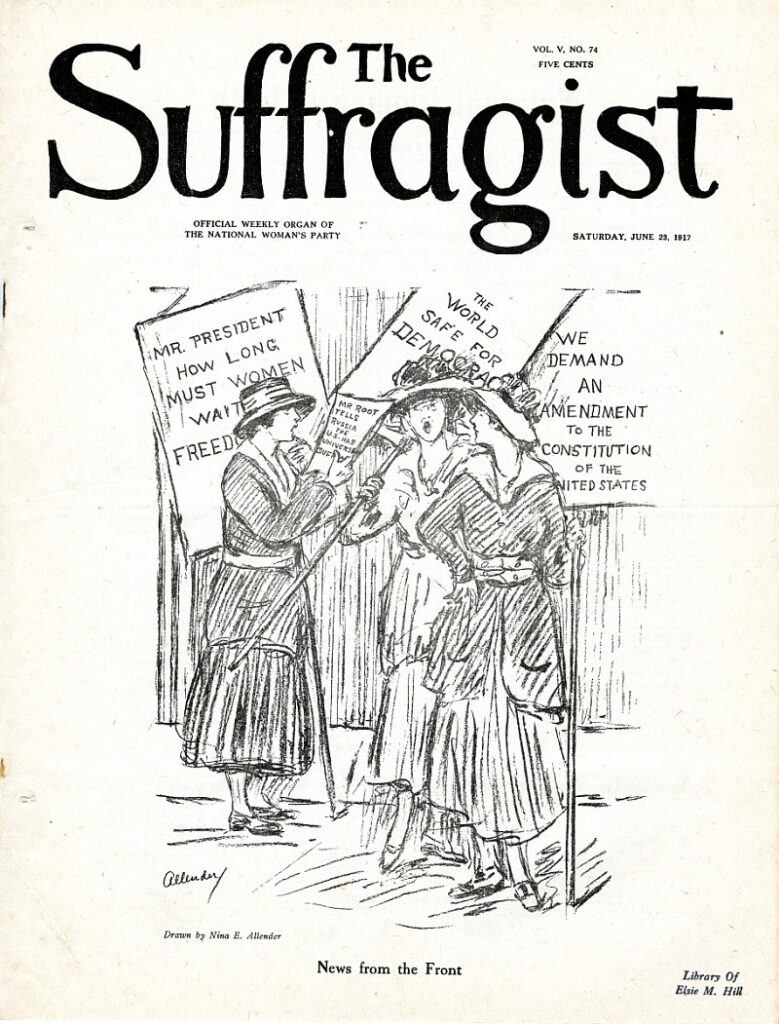
This “official weekly organ” was created in 1913 by the suffragist Alice Paul, and was long-affiliated with the National Women’s Party. The feminist artist Nina Allender drew this cover, along with most of paper’s political cartoons.
McClure’s
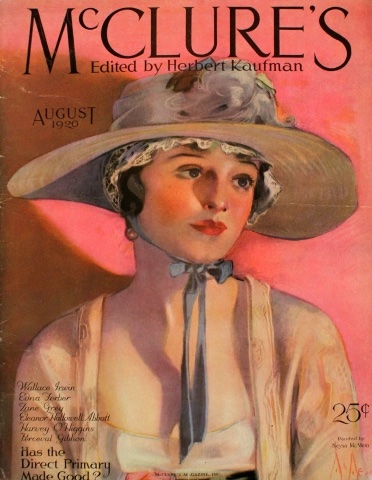
McClure’s enjoyed a long-ish, illustrious run—though editorial infighting led to a number of off-shoots. This venerable monthly was known for its “muckraking,” in addition to its beautifully painted covers. Mark Twain and Sir Arthur Conan Doyle were early contributors.
The Smart Set
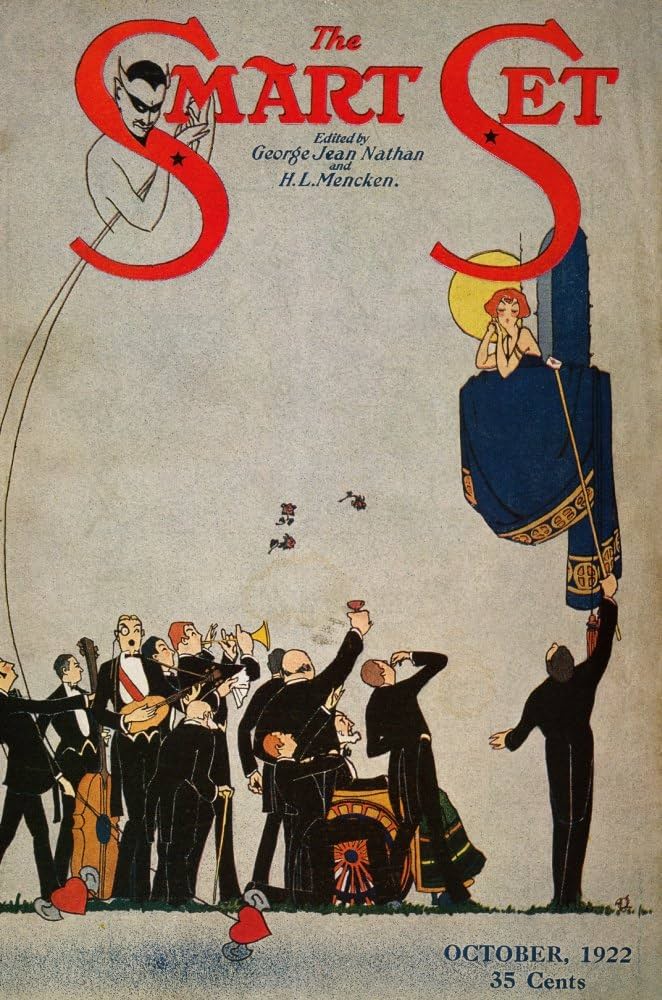
From 1900-1930, The Smart Set published literature and criticism for, well, a somewhat self-selecting reader. Another magazine that eventually crumbled under weight of inner politics—and a controversy surrounding an article they published mocking the death of Warren G. Harding—this classy rag was quite popular in its heyday. H.L. Mencken was the publisher.
Opportunity
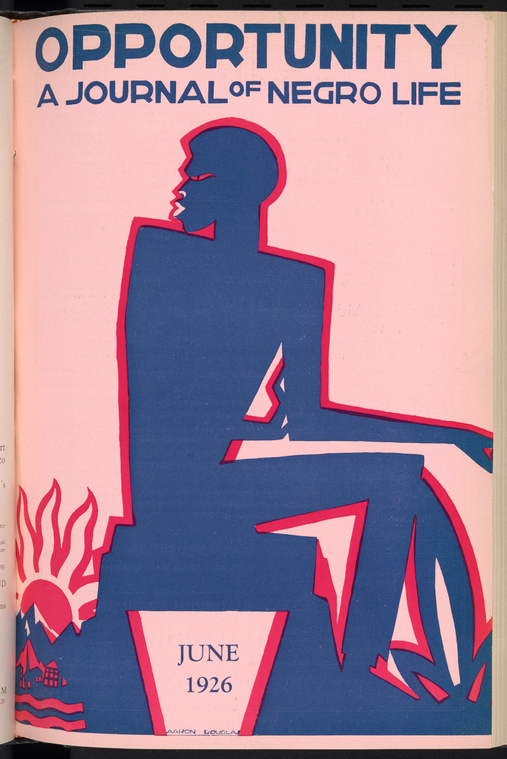
Running from 1923-1949, Opportunity was one of the first magazines dedicated to Black life in America. Edited by Charles S. Johnson, this lifestyle magazine published Langston Hughes, Zora Neale Hurston, and Countee Cullen…as teenagers.
The Crisis
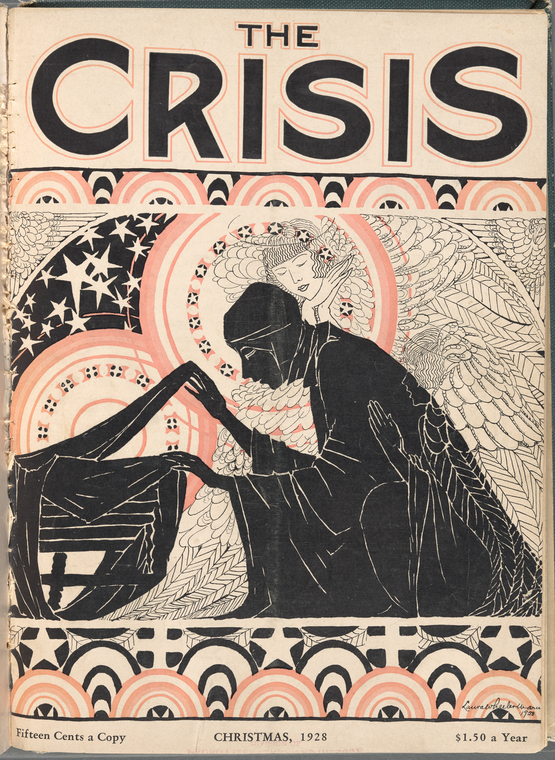
This 1928 Christmas issue of The Crisis is art deco perfection. Harlem Renaissance artist Laura Wheeling Waring designed this elegant cover. Waring was best known for her portraits, and a friendship and collaboration with the novelist Jessie Redmon Fauset. Her paintings were recently given some overdue laurels at the Met.
Theatre
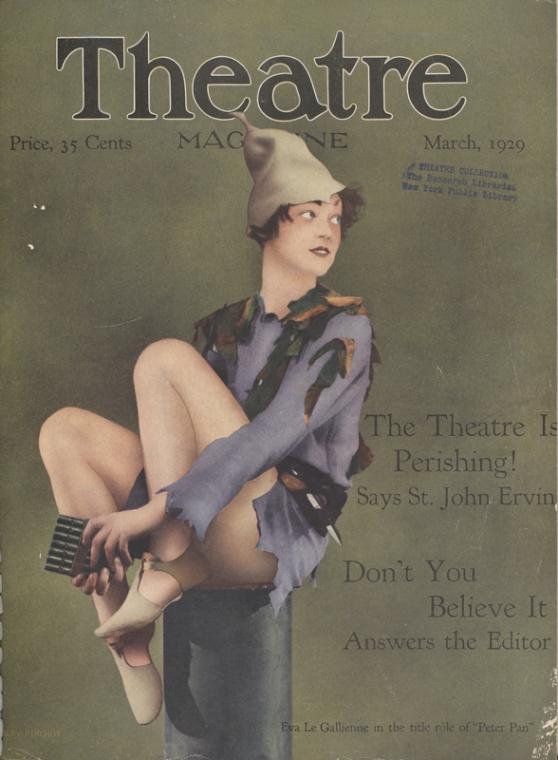
Pour one out for the media economy that could support multiple glossies for the stage alone. Though it’s a little comforting that we seemed to be having the same debates re: is-art-dying a near hundred years later.
Theatre magazine enjoyed a stateside heyday in the 1930s. This cover features Eva Le Gallienne, a queer icon of the era.
Harper’s Bazaar
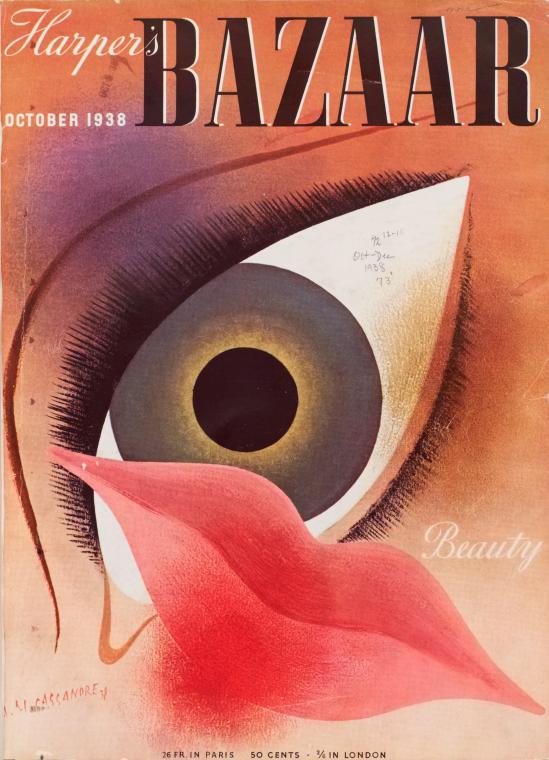
Okay, okay. You didn’t “forget” Harper’s. And though this Hearst property may be one of few to out-iterate the angel of history, this abstract cubist cover from 1938 deserves some applause. Painted cover for the painted ladies? Groundbreaking.
Collier’s
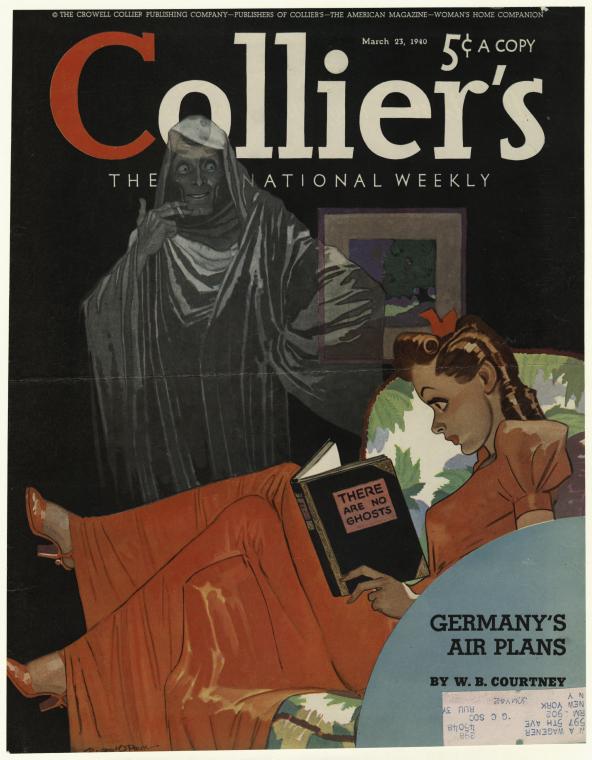
This ultra-creepy Collier’s is inexplicably not an October issue. Collier’s enjoyed a healthy run from 1888-1957, and drew the ire of Teddy Roosevelt for its muckraking. This literature and journalism rag published exposes by Upton Sinclair and early fiction from Kurt Vonnegut, Willa Cather, and Ray Bradbury.
In 2012, some intrepid nostalgists tried to reboot the glossy. But the attempt was short-lived.
Mattachine Review
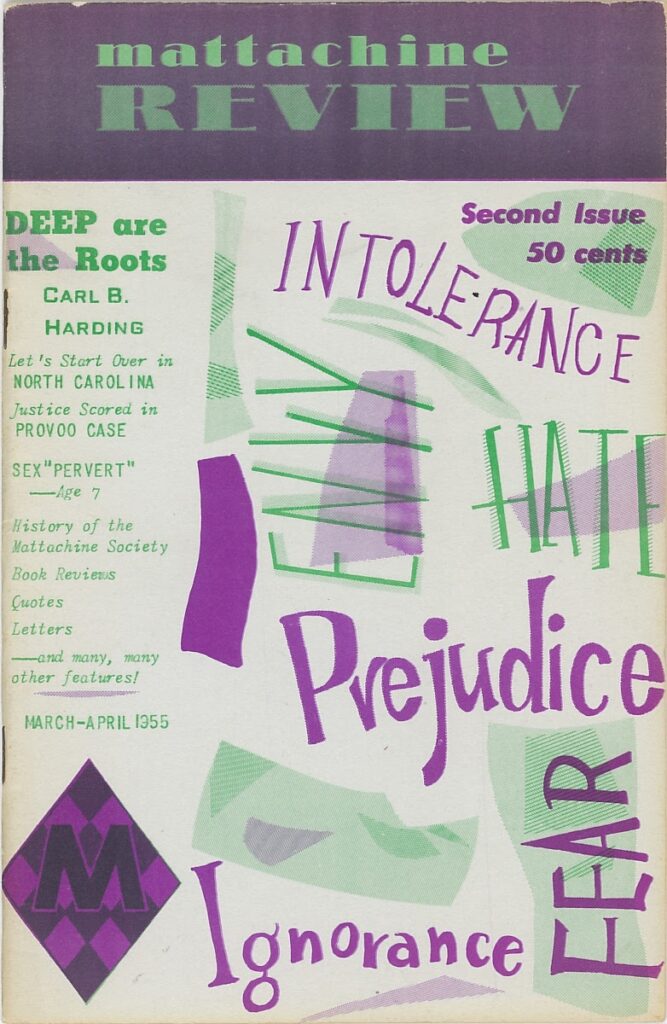
A round of applause for font medley on this beautiful cover. The Mattachine Review was only the second nationally circulated queer publication, and it began publishing in earnest in the 50s, in direct defiance of the raging winds of McCarthyism. This publication was the brainchild of the LA-based Mattachine Foundation (later, Society).
Trim
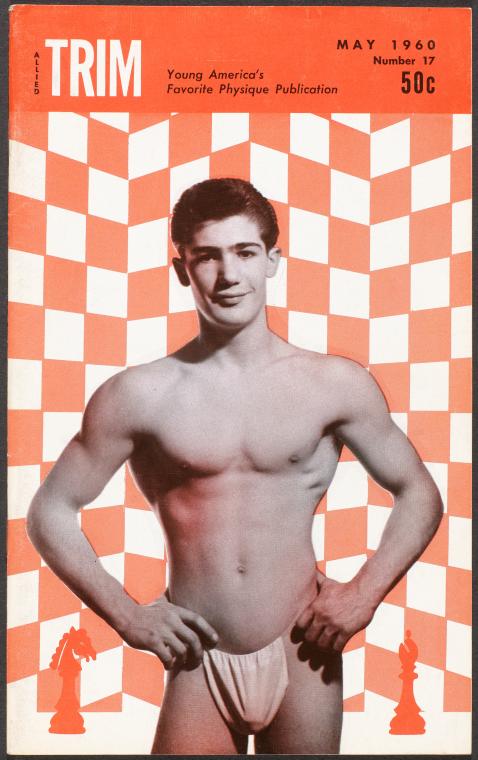
Trim was a bi-monthly photo-heavy publication, focusing on manly physique for a queer audience. The magazine was acquired in the 60s by H. Lynn Womack, the iconic gay publisher who took on draconian state obscenity laws and won.
Gidra
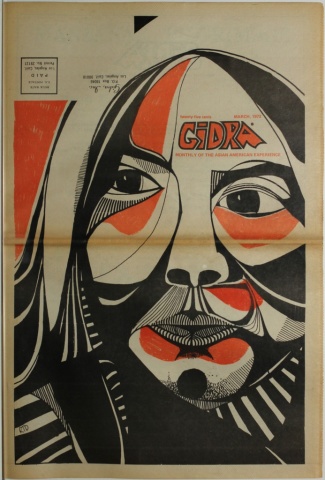
Founded by five UCLA-grad creatives and activists, Mike Murase, Dinora Gil, Laura Ho, Colin Watanabe, and Tracy Okida, Gidra bloomed in 1969 and ran into the mid 70s. Publishing content from personal narratives to political op-eds, this short-lived but impactful magazine was one of the first to celebrate Asian-American identity.
Images via NYPL Digital Collections, Smithsonian, and UCLA

